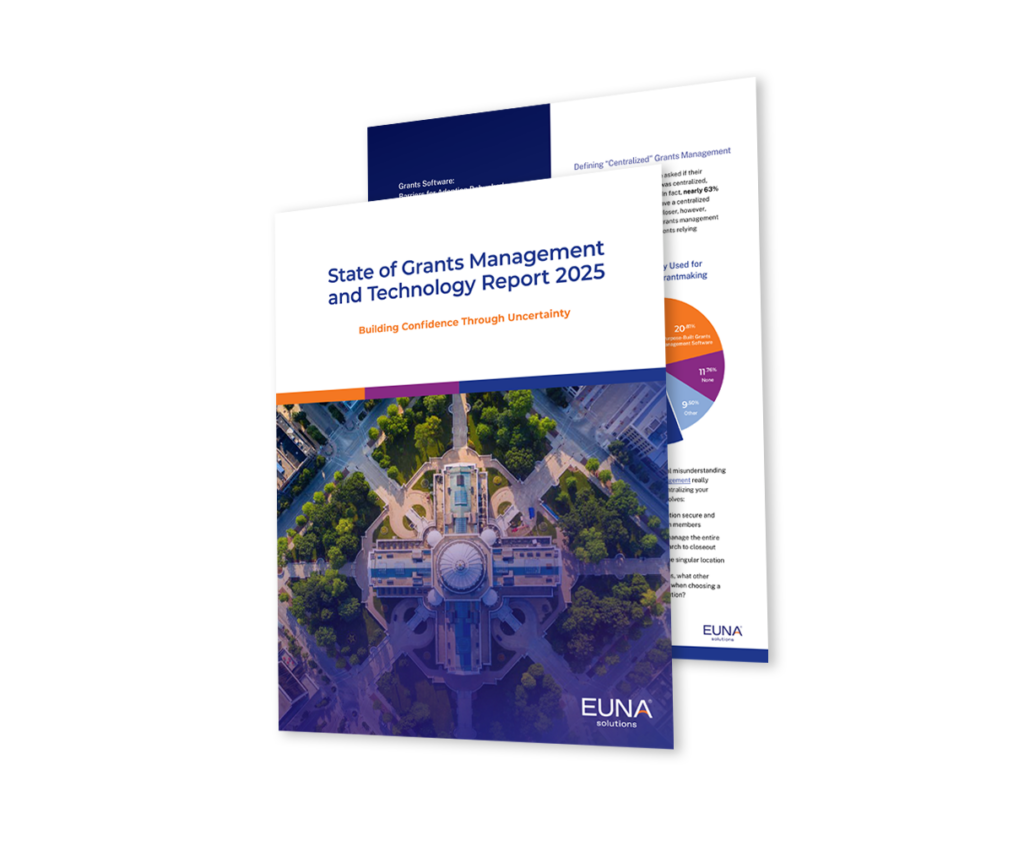Procurement professionals know that when it comes to RFP pricing, the lowest price isn’t everything. Nevertheless, the myth of price as a silver bullet persists.
Unlike their price-only counterparts like Requests for Quote or simple bids, RFP decisions balance technical requirements with pricing considerations to arrive at the best value proposal. However, procurement professionals still hear objections from stakeholders who dismiss the RFP as a bureaucratic vehicle for driving down prices, or vendors who seek to avoid them entirely.
To determine the truth of this oft-debated point, we turned to the data from over $4.4 billion in RFP decisions managed through the Bonfire eProcurement Platform. The State of the RFP Benchmarking Report provides a definitive — and surprising — answer.
The truth about RFP pricing
Across over 6,600 RFP decisions, the least expensive proposal won in only 10% of all projects. Conversely, the most expensive proposal won 2.9% of time.

This finding shows that while price is important, it is rarely the be-all-and-end-all that it is often assumed to be. Furthermore, the vast majority of the time, the winning proposal is neither the highest nor the lowest priced. Besides putting to rest an old myth, this finding carries important implications for procurement teams.
Clear specifications help vendors price RFPs right
Unstructured or unclear RFPs make it difficult for vendors to put forth their best proposal, and also for buyers to make apples-to-apples comparison to determine the best value for their organization.
The research shows that most RFP decisions are not hinging on price alone, but rather a nuanced combination of technical and pricing considerations. As a result, it is imperative for vendors to have enough information to develop their proposal and pricing accurately. The more assumptions that your vendors have to make in order to answer your RFP, the greater the risk that they will:
- Submit low-priced minimal bids that will need to be upgraded later at additional cost;
- Submit high-priced bids to cover their risk;
- Choose not to bid because it’s not clear whether they will be able to make profit.
Very clear specifications make it possible for vendors to make their pricing decisions with a higher degree of accuracy, leading to a better process for them and a better outcome for you.
Defensible RFP decisions are key
Another important takeaway is the imperative for teams to ensure their RFP decisions are well-justified. In today’s climate, procurement is under great scrutiny to follow a fair process and provide value. With the majority of bids not being awarded to the lowest price, it is important for teams to be able to justify this decision.
Procurement teams must be able to demonstrate that they have performed a detailed review of each proposal’s strengths in context of their respective prices and found the higher priced offer to provide better value. A thorough RFP evaluation process is key to ensure that you have confidence in the scores and selection. Meanwhile, thorough documentation ensures that you can adequately justify the decision after the fact, in the event of vendor debriefs, bid protests, or internal audits.
More RFP questions, answered
RFPs provide structure to manage complexity and ensure a level playing field in some of the world’s most important spending decisions. However, they are often conducted behind closed doors. The State of the RFP uncovers industry benchmarks for RFP set-up, RFP pricing, evaluation, and outcomes, dispel common myths and shed light on the best practices of leading procurement teams.

